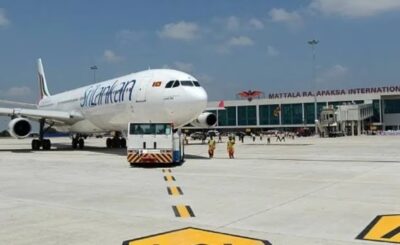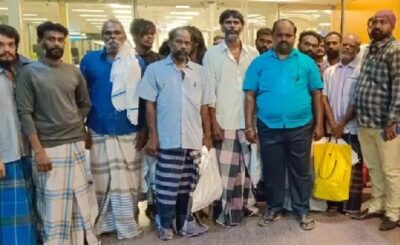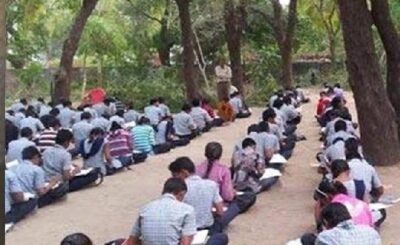Disturbed areas under AFSPA extended in Assam
-: R Muthu Kumar :-
The Assam Government, yesterday, extended the Armed Forces (Special Powers) Act, 1958 in four districts for six months from April 1. The State Government’s political department issued a notification, stating that the ‘Disturbed Area’ tag under the AFSPA has been extended in areas covering Tinsukia, Dibrugarh, Charaideo and Sivasagar districts.
The question that really rankles the mind, “Are they really disturbed areas, if so for how long?”
A colonial remnant AFSPA is a very brief law with limited provisions, just six sections which cover the ambit of the Act. Within these six provisions, the Government has the power to declare areas as disturbed areas and to give special powers to armed forces and also allows it to protect the armed forces acting under it. A plain reading makes it seem like a law that was made to protect an area which is in a disturbed or dangerous condition, necessitating the use of armed forces along with civil power, to better protect the populace. But this succinct Act has engulfed Jammu and Kashmir and many states in the North East region for decades.
Under section 4 of AFSPA, an officer of the armed forces can fire upon or use force upon any person “acting in contravention of any law or order for the time being in force in the disturbed area”, “after giving such due warning as he may consider necessary”.
The personnel can even prohibit assembly of five or more persons and can prohibit carrying of “things capable of being used as weapons”. The personnel can even destroy any “shelter” or fortified position from where armed attacks are likely to be made.
AFSPA is now applicable fully only in 31 districts of 4 Northeast states and partially in 12 districts.The Act is applicable in the entire [state] of Jammu and Kashmir.
The North East region of India has experienced various insurgencies over the decades, involving different ethnic, tribal and political groups.
There are many factors that contribute to unease in the North East region.
Historically, the region was not well administered under the British rule resulting in imbalanced growth; post Independence, tensions arose between these States and the Central Government; tensions between tribal natives and people migrating from other parts of India.
Added to historical issues, geographically, the region is not well connected with the present mainland India; development continues to be staggered due to lack of adequate funds from State Governments and various Central Governments; many parts of the region are under military control under the Armed Forces Special Powers Act.
Though, North East can be India’s gateway South East Asia, China and Myanmar have been interferring and providing support to militant elements.
North India covers eight per cent of India’s land and accounts for 3.1 per cent of India’s population. The integration and development of the region is critical for India’s continued progress. With over 5,300 kms of international borders, it is apparent that any development strategy for the region must necessarily include collaboration, connectivity and a strategic roadmap.
A number of infrastructure projects were identified such as the North East Economic Corridor, inland water transport, North East ring road, Trans Himalayan Highway to address a number of issues pertaining to the current economic situation in region as well as exploit trade potential with ASEAN countries. The projects with the development of North East industrial, roads, railways, airports, inland waterways and power sector will go a long way in helping the overall progress of the country.
A recent report, titled ‘Emerging North-East India – economically and socially inclusive development strategies’, prepared jointly by KPMG in India and FICCI, aims to highlight prospects that can be explored. The North Eastern region has the capability to develop as a self-sustaining economic unit of the country, while also contributing towards building a new and improved India, in line with the present government’s aspirations.
The North East region of India comprises eight states – Assam, Arunachal Pradesh, Manipur, Meghalaya, Mizoram, Nagaland, Sikkim and Tripura – each with its own distinct history and identity. The region shares its borders with Bhutan, China, Myanmar and Bangladesh and has been one of the most sensitive regions in India.
The Central government under the leadership of Prime Minister Narendra Modi has been making continuous efforts to end insurgency and violence in the region. Several efforts have been made for the overall development of the region.
The Central Government has identified three core objectives for the North East Region to to preserve its dialects, languages, culture, music and food to attract tourist inflows from India and abroad. The objectives will have to be fulfilled selflessly by political will and bureaucracy to end all disputes in the North East and ensure peaceful progress.








